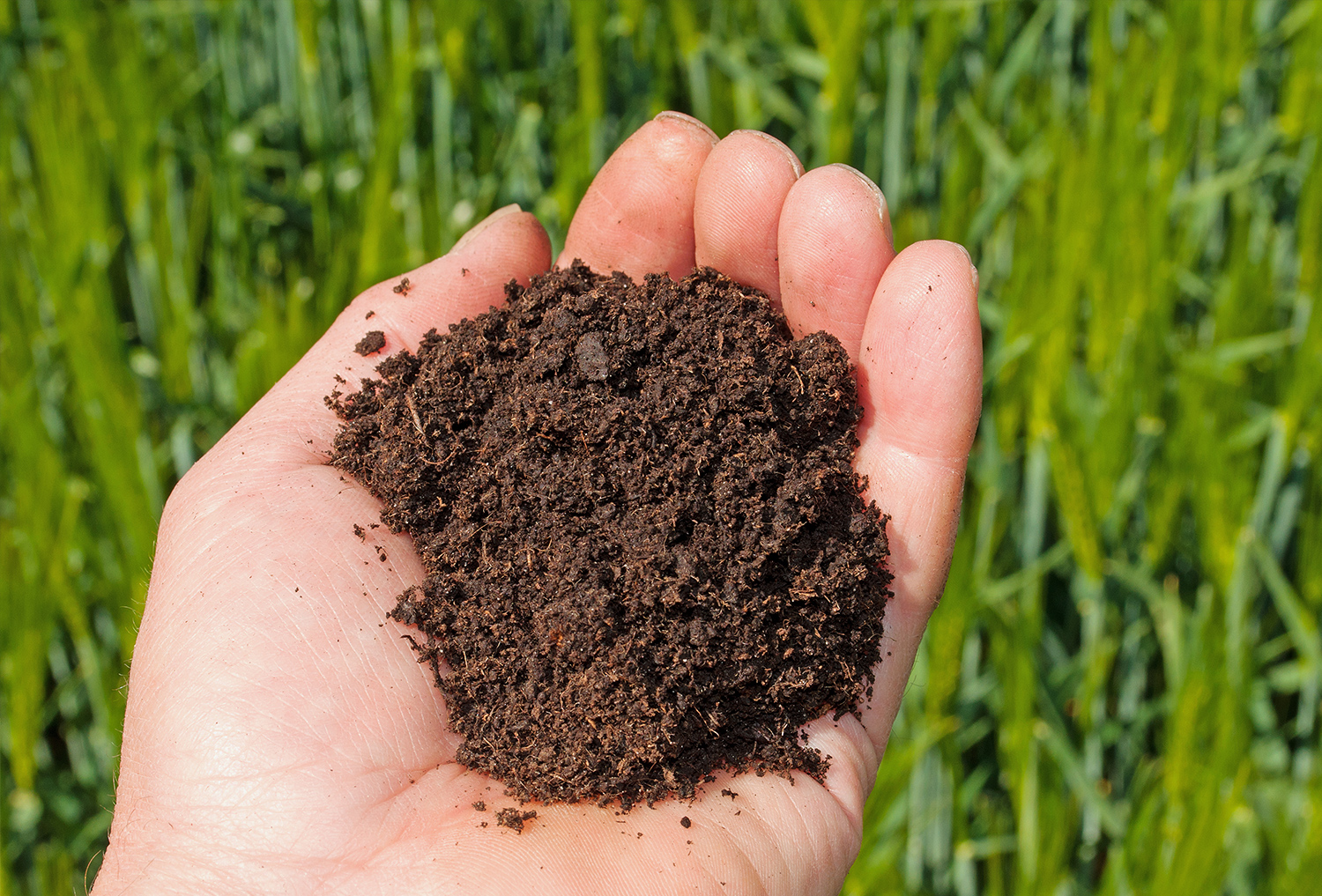
Having premium topsoil available on site can significantly increase the speed and success rate of any revegetation project. The less fertile the topsoil, the longer it takes to develop to a level of self-sustainability and the more susceptible it is to erosion.
When we talk about topsoil quality, typically we’re referring to soil fertility, texture, structure and overall production capability. Good-quality topsoil has high fertility levels with a well-balanced mineral composition and good carbon levels. It also has robust texture and structure with relatively low bulk density levels, plus strong resistance to soil erosion.
Low-quality topsoil, on the other hand, tends to slow down the site recovery process because it’s less fertile with nutrient and mineral imbalances. This type of soil, if not appropriately treated, can cause mineral deficiencies in new vegetation. It’s also these poorly textured soil classes that are prone to erosion and lead to poor root development and a greater risk of soil slippage and slumping.
Can topsoil quality be improved?
Certain topsoil characteristics (fertility is one example) can be brought up to scratch at a relatively low cost, while other chemical and physical properties (such as texture) can be more costly and complex to rectify.
Some may require treatment or high application rates of other organic amendments. All topsoil should be assessed appropriately before treatment to avoid introducing other challenges such as stratification, poor drainage or root development issues.
EnviroStraw’s BioGrowth™ Regenerative Revegetation program is designed to improve soil quality by adhering to our five BioGrowth™ principles. The principles are:
- Environment: Appropriately assess all environmental factors prior to implementing soil amelioration, revegetation and erosion control principles and practices.
- Design: Select plant species that are endemic to the area and suited to the soil type and climate zone of the project area. Ensure a diversity of plant species are selected for seasonal changes and self sustainability. Select the appropriate hydromulch media for slope angles and rainfall. Perform soil testing to ensure the soil can be correctly balanced to establish the selected plant species selected.
- Seedbed preparation: Perform best practise seedbed via pin wheeling, track rolling or horizontal ripping.
- Hydromulch application: Apply hydromulch to the correct specification via 2 passes to ensure all shadowing is eliminated.
- Watering: Activate the most effective, self-sustainable rainfed irrigation system based on site specifications. Implement supplementary irrigation where needed, especially on highly sensitive and degraded soils.
If you’re looking for high-quality and proven revegetation solutions that are Australian-made by an Australian owned company, then get in touch with the experts at EnviroStraw.